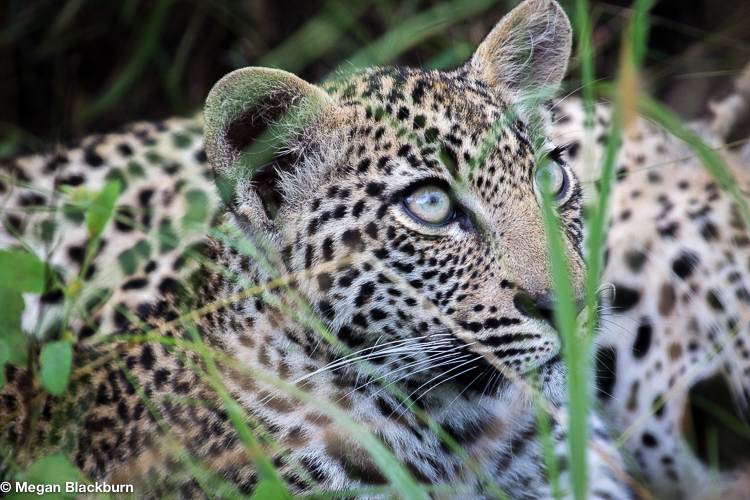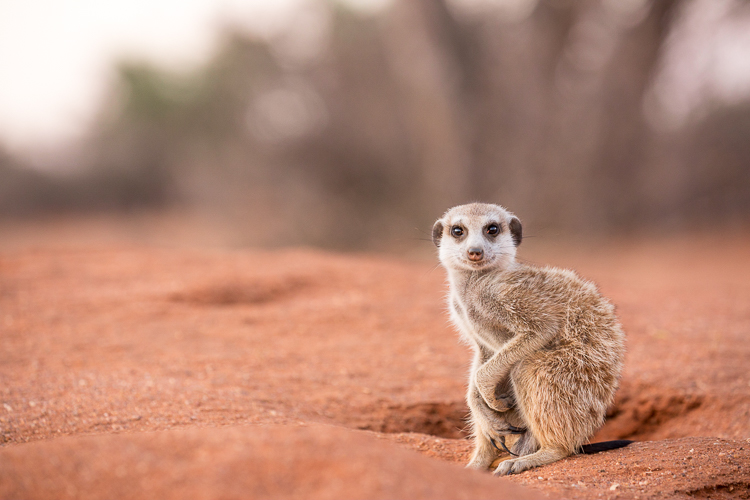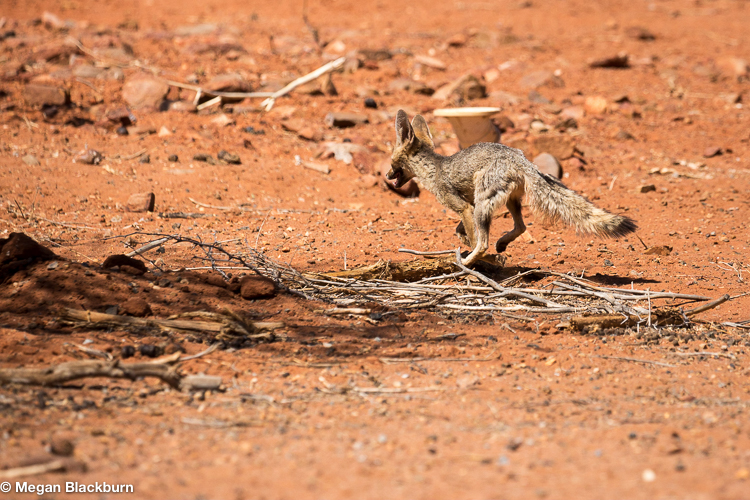
Safari Photo Tip #2 Back Button Autofocus
This is my number 1 safari photo tip. Switch to back button autofocus. I only recently discovered this customized camera setting, but I wish I had enabled this function when I first started photographing wildlife on safari. Normally autofocus is activated on your camera when the shutter release button in depressed halfway. When the button is fully pressed, the image is captured. Many amateur photographers and professional photographs decouple the focus and shutter release button, by assigning one of the buttons on the rear of the camera to perform the autofocus function.
There are major advantages to decoupling the buttons. First, cameras spend valuable time focusing, but they often focus on the wrong thing if you aren’t careful. Back button autofocus allows you to lock the focus on your subject. For example, let’s say you are photographing an animal in the grass and there is a bit of wind, you focus and take a shot. Then, the leopard looks directly at you and you take another shot. Only this time your camera focuses on the grass and the leopard has gone back to gazing in the opposite direction. Setting one of the back buttons to autofocus means that you can focus on the leopard and then take multiple shots without having to refocus on your subject. This has the added advantage of not having to hold your finger halfway down waiting for your subject to do something interesting.
Locking the focus also comes in handy when you want to compose an off-center image. We all know about the rule of thirds. We also know that when it comes to people and animals, you want to make sure that the eyes are tack sharp. Using this mode, you press the newly assigned back button with your thumb to focus on the eye, and then recompose the image so that the animal is not dead center in the frame. Release the shutter with your index finger and the image is recorded.
Lastly, if you combine back button autofocus and AI Servo on Canon cameras, your camera will continually focus on the subject until you release the shutter with your index finger. Just keep your thumb on the rear button while you follow that quick moving fox bounding through bush. Whilst the photo below is terrible, without employing this method, it would have been difficult to capture an in focus image at all.
Mastering this new technique takes some time and at the beginning I found myself confusedly depressing the shutter wondering why the camera wasn’t focusing. At one point I even held the back button assigned to autofocus and then waited for the photo to take. This function only works if you are shooting in aperture-priority, shutter-priority, manual, or program auto exposure modes, but hopefully you are already shooting in aperture or shutter-priority mode, if you are trying to photograph birds in flight. Consult your camera manual or simply Google back button autofocus, your camera make, and model to get explicit instructions on how to assign one of the rear buttons to perform this function. Make the change now and see what a difference it makes






humm. I might try it. Lots of pros to make it worthwhile. While I’m here; Im thinking about upgrading my Nikon D5300 to a D7100 or d7200. Any thoughts, or are you mostly familiar with the Canon line?
Definitely try it. You can always go back. Sadly, I know next to nothing about Nikon.
I will need to practice.